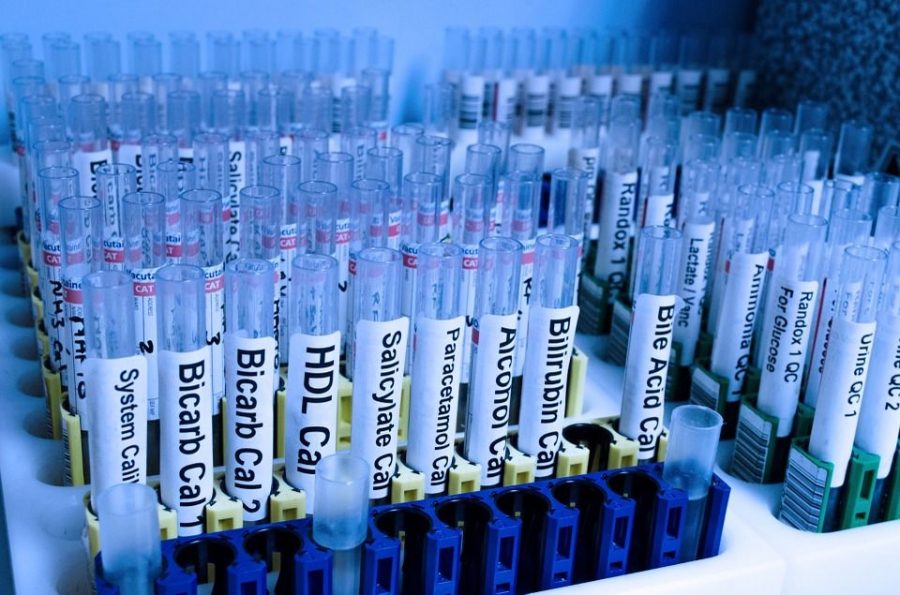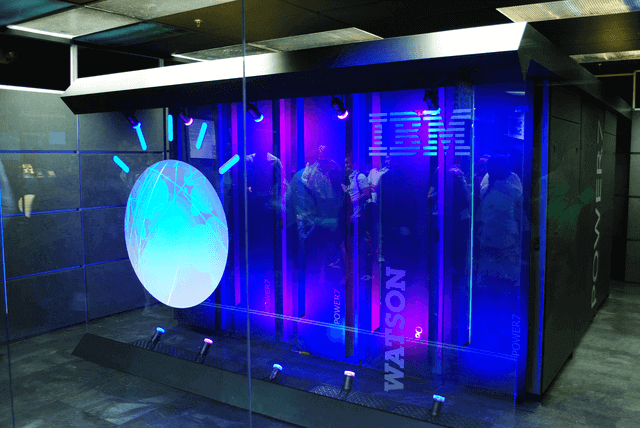Winter is coming. And with it comes the unavoidable holiday shopping season. And with that comes a bevy of other traditions and seasonal activities. One of the most common traditions during this time is an increase in giving. The holiday season is meant to inspire and promote cheer and charity. For most, this is the only time of year worth donating either time or money; for others, this is the time of year to really go all out with charity and giving. Soup kitchens fill up, homeless shelters are chock full of volunteers, and salvation army buckets are filled to the brim with dollar bills. And those are all fine methods of donating, but why not get a bit creative? Here are some unique ways to donate this holiday season.
Tabs for a Cause
The holiday season means shopping. We buy gifts for friends, family and sometimes, co-workers that we barely speak to. Odds are, you’ll be doing a lot of shopping over the next month. And if you’re like most holiday shoppers, you’ll be looking for the best possible bargains. Naturally, we all like to go gift shopping online, where we have multiple tabs open on our web browsers in order to compare and contrast prices. This year, turn those open tabs into charitable contributions! With Tabs for a Cause, for every tab opened, Tabs for a Cause’s various sponsors will donate a fraction of a penny! That may not sound like a lot, but just think about how many tabs are being opened just as we speak.
Charity Miles
The winter months are a great time to stay in shape. The short days, long nights and frigid temperatures can certainly put a damper on the holiday spirit, but that shouldn’t stop you from maintaining a healthy body. Go out there and stay fit, and be charitable while doing it. With Charity Miles, you can rack up dollars for donations through exercise. Simply download the app for your iOS or Android device and track your activity. Different activities account for different donations. For example, bicycling earns 10 cents per mile, while walking or running can earn 25 cents per mile.
This holiday season will be here before you know it. While I like to promote philanthropy and charitable giving all year long, I understand that this is just a very popular time for giving. So, with that being said, utilize your holiday time with family and friends, but also make sure to give however you can.
Have a safe and happy holiday.



